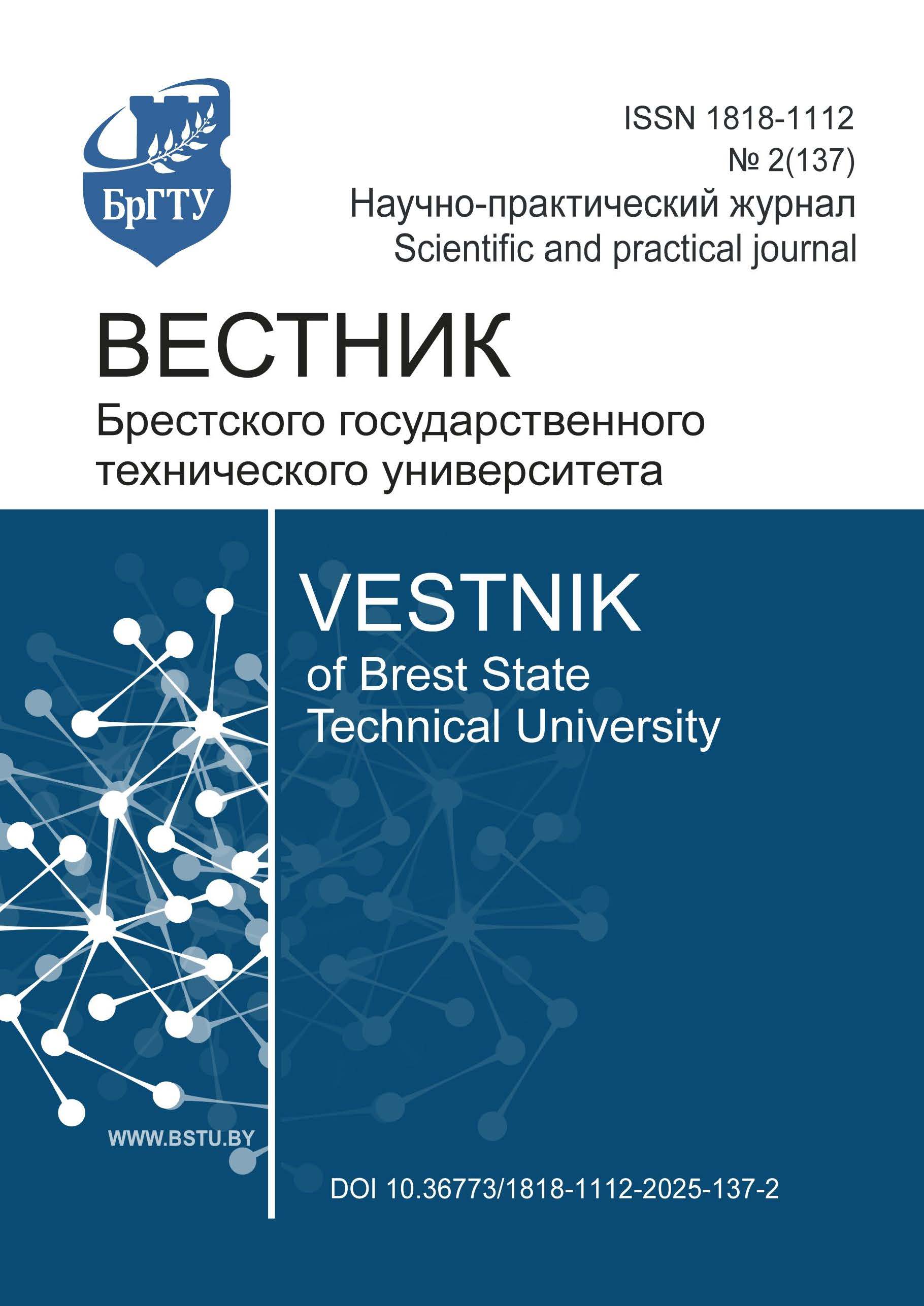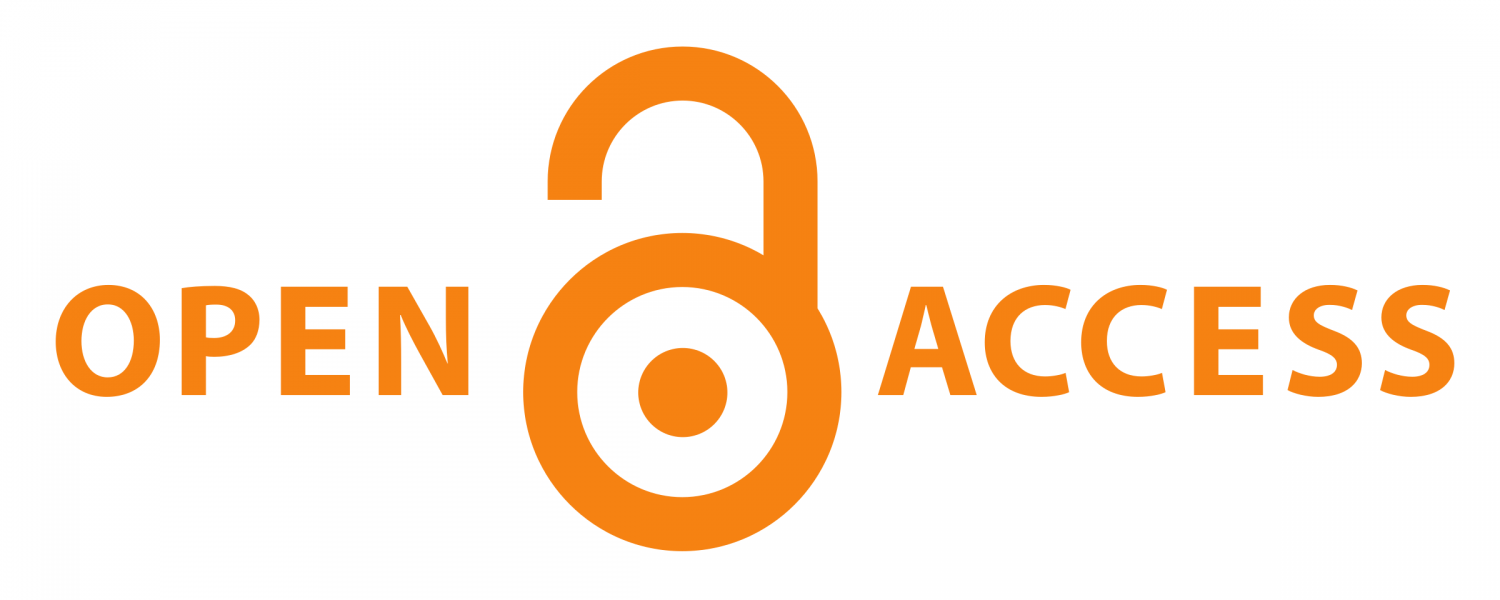THE METHOD OF CALCULATING THE REMAINING RESOURCE OF FIRE TANK TRUCKS
DOI:
https://doi.org/10.36773/1818-1112-2025-137-2-56-61Keywords:
fire tanker truck, resource consumption, residual resource, limit condition, mileage, operating timeAbstract
The issues of reliability and resource of fire tank trucks (hereinafter referred to as FTT) are considered, the relevance of assessing their residual resource during operation is shown. A method is proposed for calculating the remaining resource of the main components of FTT, which takes into account the weighted average consumption of their resource potential and is a further development of the approach developed by the authors, based on factors mileage and operating time. The proposed method makes it possible to determine the remaining resource for a FTT as a whole and to take into account the resource consumption of all its main parts, including those replaced during operation. Dependencies for determining the resource consumption of the main parts of the FTT by mileage and operating time, criteria for dividing FTT into categories, taking into account the consumption of their resource, are given. An example of calculating the residual resource of a fire truck with a tank capacity of 5,000 liters, operated at the University of Civil Protection (hereinafter referred to as UCP) of the Ministry of Emergency Situations of the Republic of Belarus, is considered. In order to ensure the quality and efficiency of data processing on the condition of existing equipment, as well as the preparation of the necessary information for decision-making on providing material and financial resources to the divisions, planning repairs and decommissioning, an assessment of the condition of a FTT is given, taking into account the remaining resource. In the future, the data obtained can be used for planning in the Production and Technical Centers of the Ministry of Emergency Situations of the fund of units, assemblies and parts, with the definition of their nomenclature, depending on the number of fire trucks in operation.
References
Дубровин, В. И. Методы оценки остаточного ресурса изделий (обзор) / В. И. Дубровин, В. А. Клименко // Математичні машини і системи. – 2010. – № 4. – С. 162–168.
Nagy, J. Predictive maintenance and predictive repair of road vehicles–opportunities, limitations and practical applications / J. Nagy, I. Lakatos // Engineering Proceedings. – 2024. – DOI: 10.1007/s10010-020-00415-0.
Vietze, D. Method for a cloud based remaining-service-life-prediction for vehicle-gearboxes based on big-data-analysis and machine learning / D. Vietze, M. Hein, K. Stahl // Forsch Ingenieurwes. – 2020. – DOI: 10.3390/engproc2024079027.
Методические указания. Прогнозирование остаточного ресурса оборудования по изменению параметров его технического состояния при эксплуатации: РД 26.260.004-91. – М. : НИИХИММАШ, 1992. – 50 с.
Равин, А. А. Инженерные методы прогнозирования остаточного ресурса оборудования / А. А. Равин, О. В. Хруцкий // Вестник Астраханского государственного технического университета. Серия: Морская техника и технология. – 2018. – № 1. – С. 33–47. – DOI: 10.24143/2073-1574-2018-1-33-47.
Методика оценки расхода ресурса пожарных автоцистерн / Е. Г. Казутин, А. В. Коваленко, А. М. Гоман, А. С. Скороходов // Механика машин, механизмов и материалов. – 2024. – № 3 (68). – С. 63–70.
Методические указания. Надежность в технике. Методика прогнозирования остаточного ресурса машин и деталей, подверженных изнашиванию: РД 50-423-83. – М., 1984. – 38 с. – URL: https://www.gostinfo.ru/catalog/Details/?id=2033945 (дата обращения: 25.03.2025).
Дубов, А. А. Проблемы оценки остаточного ресурса стареющего оборудования / А. А. Дубов // Безопасность труда в промышленности. – 2003. – № 3. – С. 46–49.
Шевнин, В. М. Методы оценки остаточного ресурса металлических конструкций грузоподъемных кранов, отработавших нормативный срок службы / В. М. Шевнин, Ю. М. Гофман // Подъемные сооружения и спец. техника. – 2001. – № 2. – С. 25–26.
Зудов, Г. Ю. Методика расчета остаточного срока службы автомобиля / Г. Ю. Зудов, А. М. Ишков, А. И. Левин // Вестник ИрГТУ. – 2014. – № 12 (95). – С. 161–165.
Жданко, Д. А. Прогнозирование остаточного ресурса мобильных энергетических средств : учебное пособие / Д. А. Жданко, В. Е. Тарасенко, Т. А. Непарко. – Минск : БГАТУ, 2022. – 280 с.
Волков, Д. Н. Надежность строительных машин и оборудования / Д. Н. Волков, С. Н. Николаев. – М. : Высш. школа, 1979. – 400 с.
Kumar, A. Visual Defect Identification and Prediction of Remaining Useful Lifefor Automobile Components / A. Kumar, D. Gupta, R. P. Singh // 15th International Conference on Computing Communication and Networking Technologies (ICCCNT), Kamand, India, 2024. – DOI: 10.1109/ICCCNT61001.2024.10725095.
Андриян, К. Э. Анализ и планирование технического обслуживания и ремонта сложного объекта на основе его функционального состояния / К. Э. Андриян, Д. А. Курсин // Наука и образование: научное издание МГТУ им. Н. Э. Баумана. – 2011. – № 8. – С. 11.
Диагностирование автомобилей. Практикум : учеб. пособие / А. Н. Карташевич, В. А. Белоусов, А. А. Рудашко, А. В. Новиков ; под ред. А. Н. Карташевича. – Минск : Новое знание ; М. : ИНФРА-М, 2011. – 208 с.
Баженов, Ю. В. Прогнозирование остаточного ресурса конструктивных элементов автомобилей в условиях эксплуатации // Ю. В. Баженов, М. Ю. Баженов // Фундаментальные исследования. – 2015. – № 4. – С. 16–21.
Окладникова, Е. Н. Вероятностная оценка ресурса узлов трения износа / Е. Н. Окладникова, Е. В. Сугак // Вестник Сибирского государственного аэрокосмического университета им. академика М. Ф. Решетнева. – 2005. – № 3. – С. 148–152.
Сугак, Е. В. Надежность технических систем : лаб. практикум / Е. В. Сугак. – Красноярск : СибГАУ, 2004. – 141 с.
Правила организации технической службы в органах и подразделениях по чрезвычайным ситуациям Республики Беларусь : приказ МЧС Республики Беларусь от 15 апр. 2024 г., № 165. – Минск, 2024. – 269 с.
Казутин, Е. Г. Категорирование пожарных автоцистерн с учетом расхода их ресурса / Е. Г. Казутин, А. С. Скороходов // Актуальные вопросы машиноведения. – Минск, 2024. – Вып. 13. – С. 205–209.
Downloads
Published
How to Cite
Issue
Section
License

This work is licensed under a Creative Commons Attribution-NonCommercial 4.0 International License.
The work is provided under the terms of Creative Commons public license Attribution-NonCommercial 4.0 International (CC BY-NC 4.0). This license allows an unlimited number of persons to reproduce and share the Licensed Material in all media and formats. Any use of the Licensed Material shall contain an identification of its Creator(s) and must be for non-commercial purposes only. Users may not prevent other individuals from taking any actions allowed by the license.










